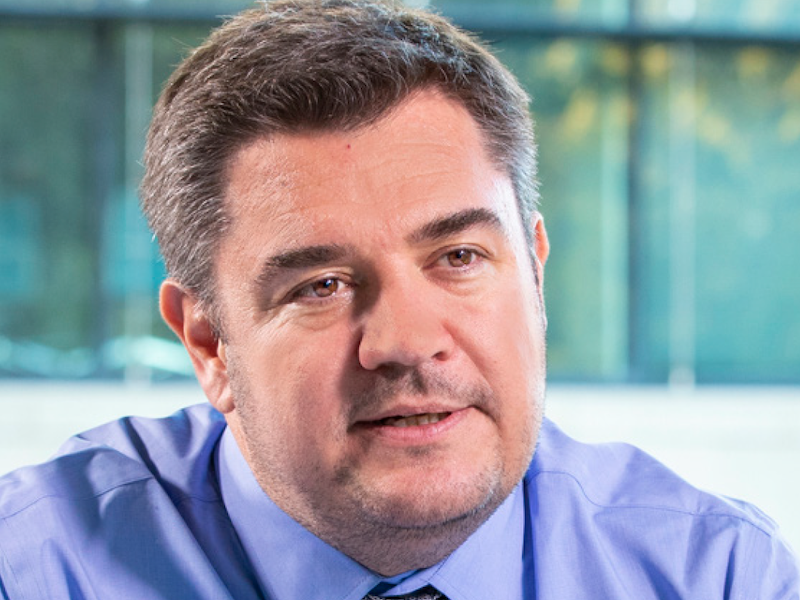

The future has arrived — it’s just not evenly distributed yet,” wrote science fiction author and futurist William Gibson.
It’s a favourite quote for Chris Evdaimon, investment manager of private companies at the investment management firm Baillie Gifford. He likes it so much that, during his presentation at the 2021 Global Investment Conference, he used it — with a note of his own. “It’s the ‘distributed’ part in the quote that’s more interesting to us long-term investors.”
His speech went on to show that the technological and structural forces that will shape the public markets tomorrow can already be seen in today’s high-growth private markets. This offers a glimpse into the future only available to active investors.
Read: How has coronavirus impacted private equity markets?
“Predicting the future, or at least making hypotheses on possible futures, is a daunting task,” said Evdaimon. “But it isn’t so much about imagining what doesn’t exist yet. Rather it is about seeing what is already around us today.”
To be on the right side of that distribution, institutional investors must seek to understand why technologies exist. They must be clear on the human needs that a particular technology can solve. “The iPhone didn’t succeed because Steve Jobs understood phones,” he said. “It succeeded because he understood people. Our task as investors therefore isn’t to spot the mobile phone in the ‘80s — it’s to recognize the significance of mobile phones 30 years later.”
Read: Head to head: Should pension plans be investing actively or passively?
Outlining four major challenges facing the world — climate change, income disparity, technology addiction and rising nationalism — Evdaimon pointed to multiple solutions developed by private sector firms, from electric vehicles and sustainable food sources to zero-fee bank accounts and social media platforms that have eschewed ad-based revenue models.
“Today, founders realize they can derive focus and, by extension, competitive advantage, by keeping a tight-knit group of private shareholders out of the spotlight of the public markets. Everything else being equal, they can build better businesses by staying private longer.”
While the role of institutional investors in providing long-term capital to innovative businesses hasn’t changed, these companies are staying private for longer, with the average business making an initial public offering in its 11th year, said Evdaimon.
In addition to the increased availability of capital making it easier for companies to raise money privately, the biggest factor is a cultural shift in the perception among company founders of being public versus private, a mindset that hinders public market investors and highlights the importance of active investment. “Every doubling of the value of a business that happens while it’s still private is a doubling that’s lost to public investors. But more significantly here, the public markets are simply unable to learn about the future these companies are creating.
Read: Institutional investing in 2021: looking towards the future
“The private markets have always been a blind spot for investors limited to the public markets, [but] as companies stay private longer, this blind spot is bigger than it has ever been. It’s got to the stage where we would argue you can’t understand the public markets unless you understand the private markets. In our view, the only way to rectify this is by being an active investor in private companies.”
To that end, patience and an appreciation for risk and innovation are the hallmarks of an ideal active investor, he said. “A company striving to do something really difficult will obviously have a greater chance of success if it has a long-term patient shareholder base than if it has shareholders looking to maximize profit, quarter over quarter.
“What their founders really need is investors who embrace risk, support innovation, invest over multiple funding rounds and encourage them to lay the foundations of future success, well beyond the IPO.”
